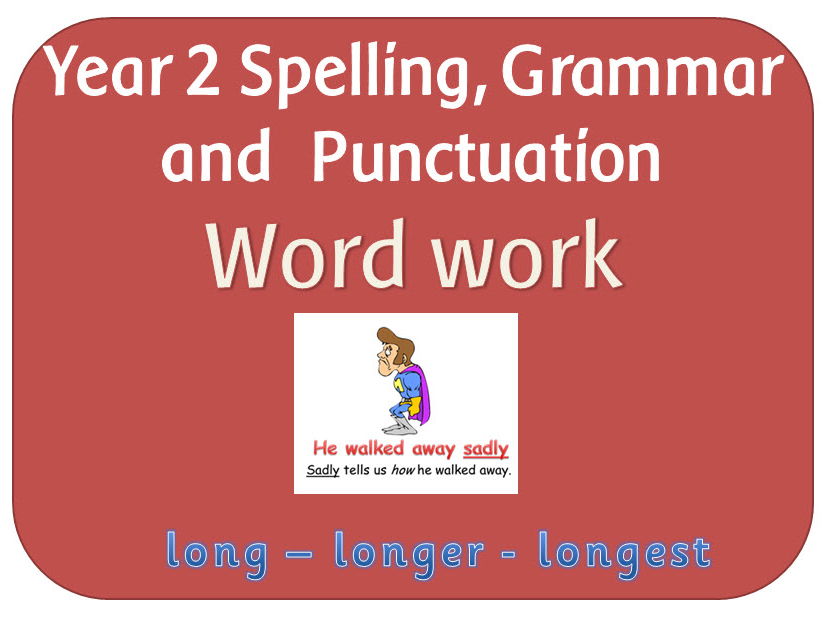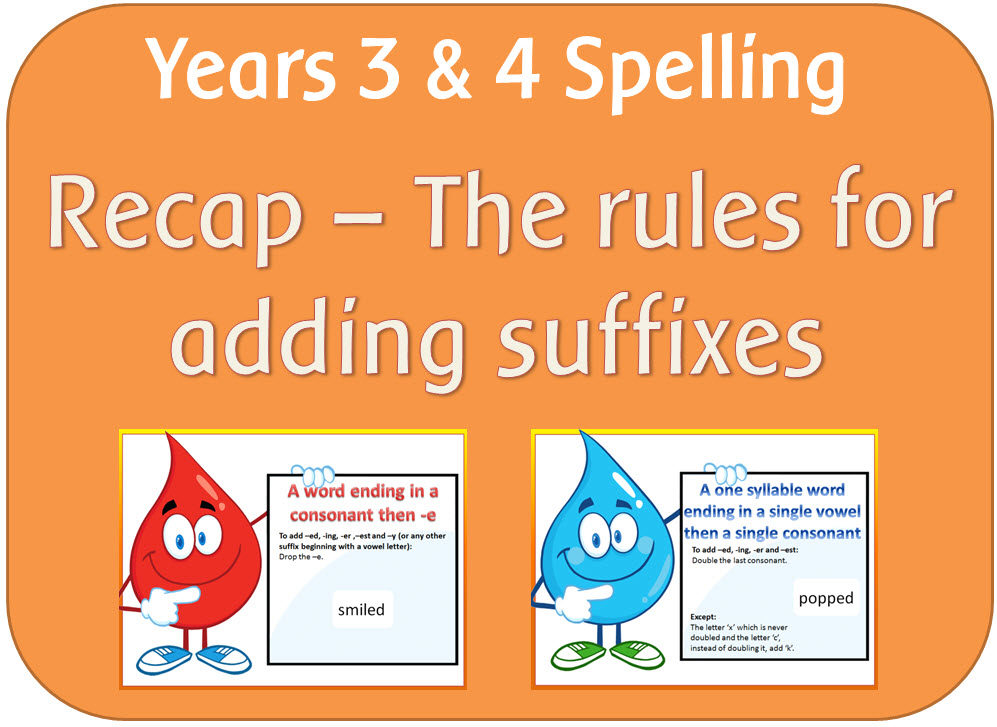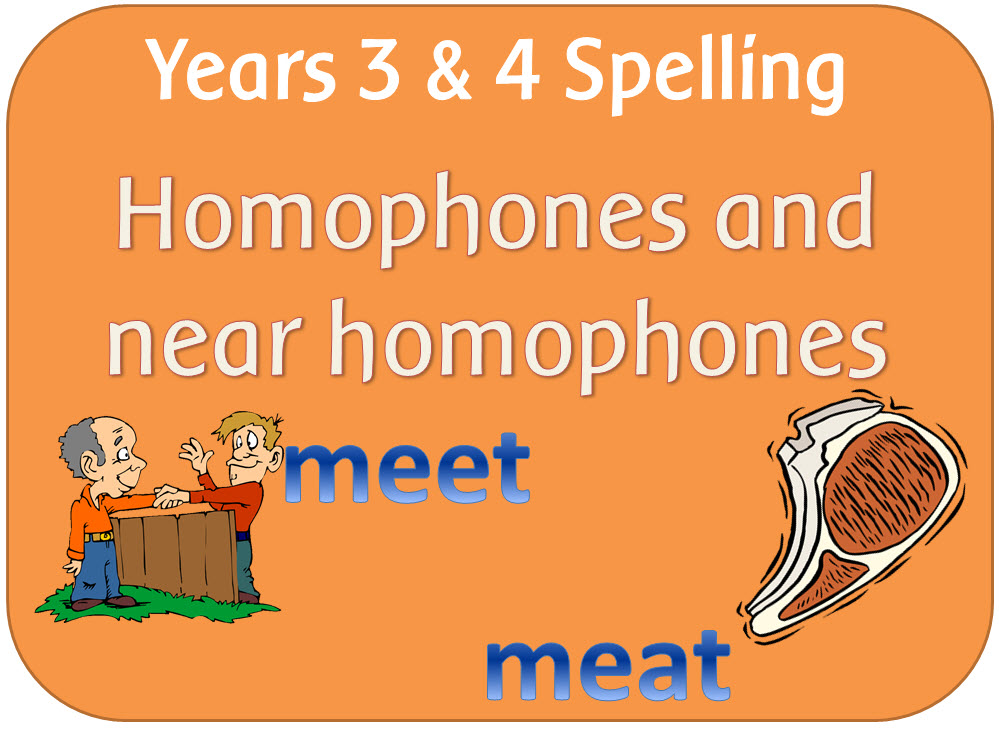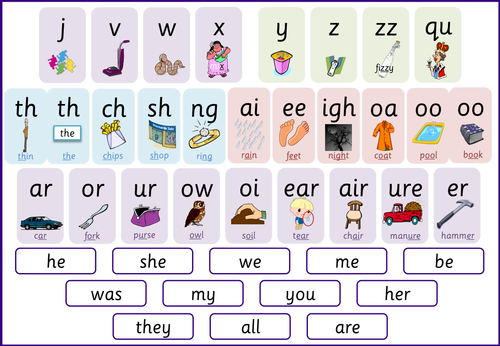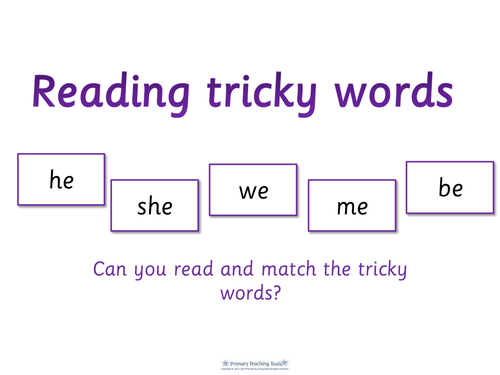
404Uploads
1045k+Views
672k+Downloads
English

SPaG Year 2 Spelling: Contractions
Resources to teach the spelling rules for: The use of apostrophes in contractions
POWERPOINT
Introduction to contractions: Explains what contractions are and shows examples of them in newspaper headlines. It then demonstrates how different contractions are formed. It ends with an oral activity for the children to say the long form of the contraction in each sentence.
Writing contractions: A writing activity where the children have to change the words into contractions
Changing contractions to the full form: As above, but the other way round
Its or it’s: Explains the differences, with sentences for the children to guess which is correct
Your or you’re: As above
ACTIVITIES
Cards - Sentences with contractions: The children can rewrite them in the long form
Cards - Contractions snap
Show me cards - its or it’s
Show me cards - your or you’re
Worksheet - Change the words into contractions
Worksheet - Change the contractions into the long form
Worksheet - Complete the contraction matrix
Worksheet - Find the contractions in the story
Newspaper report
TEACHER RESOURCES
Y2 Spelling Appendix planning - Contractions: An adaptable outline plan
Word List - With relevant contractions

SPaG Year 2 Spelling: Words ending -tion
Resources to teach the spelling rules for words ending in tion
POWERPOINT
Words ending tion: Introduction to the 'shun' sound spelt tion as the most common spelling, with a spelling activity.
ACTIVITIES
Word wheel: making words ending in tion
Word search: Words ending in tion
Although every effort has been made to check wordsearches for unintentional inappropriate words, it is recommended that teachers double check them before giving to children.
TEACHER RESOURCES
Y2 Spelling Appendix Words ending in tion: An adaptable outline plan
Word List - With relevant words

SPaG Year 2 Spelling: Homophones and near homophones
Resources to teach a variety of homophones and near homophones
POWERPOINT
Introduction to homophones: Explains why the English language has so many homophones
Year 2 Homophones with pictures: Includes be/bee, been/been, bare/bear, blew/blue, for/four, here/hear, knew/new, night/knight, know/no, one/won, pair/pear, plain/plane, quite/quiet, red/read, right/write, sea/see, where/wear, so/sew/saw, some/sum, son/sun, tail/tale, their/they're/there, through/threw, to/too/two, week/weak and which/witch
Writing sentences with homophones: Activity for sentence writing
The following powerpoints look at individual pairs/trios of homophones, explaining the differences, and giving sentences at the end to choose which one is the correct word:
Homophones they're their there
Homophones hear and here
Homophones son and sun
Homophones to two and too
Homophones be and bee
ACTIVITIES
Homophone cards with pictures
Homophone cards (just words)
TEACHER RESOURCES
Y2 Spelling Appendix: An adaptable outline plan
Word List - With relevant words

SPaG Year 2 Word: -er and -est in adjectives and -ly to turn adjectives into adverbs
2 powerpoint lessons and a worksheet:
THE USE OF LY TO TURN ADJECTIVES INTO ADVERBS
POWERPOINT
Using ly to turn adjectives into adverbs: Explains what adverbs are and how to make them by adding ly to adjectives.Gives a list of words to add ly to.
ACTIVITY
Making adverbs worksheet: Writing sentences with adverbs
USING THE SUFFIXES ER AND EST IN ADJECTIVES
POWERPOINT
Suffixes er and est as comparatives: Explains how they change the meaning of words. Gives a list of words to add the suffixes to and think of sentences with them in.

SPaG Year 3 & 4 Spelling: Recap of the rules for adding suffixes
5 powerpoint lessons for a recap of the rules learnt in Y2 for adding suffixes to different types of words.

SPaG Year 3 & 4 Spelling: Homophones and near homophones
POWERPOINTS:Each set gives definitions/explanations of each homophone, then ends with an activity for the children to work out which homophone is appropriate in different sentences. For more difficult or confusing homophones there are additional powerpoints with extra sentence practice.
Introduction to homophones
All Y3 and 4 homophones
Set 1 homophones: accept/except,affect/effect,ball/bawl,berry/bury
Homophones accept and except
Homophones affect and effect
Set 2 homophones
Set 3 homophones
Homophones heel heal and he'll
Homophones here and hear
Set 4 homophones
Set 5 homophones
Homophones who's and whose
PDF (PRINTABLE) RESOURCES:
Look Write Cover Check x 5: For spelling practice, containing the words in the above PowerPoints
Homophone and definitions cards x 5
TEACHER RESOURCES:
Adaptable outline plan

SPaG Year 3 & 4 Spelling: Possessive apostrophe with plural words
POWERPOINT:Explains what they are and how to use them then finishes with an activity to reword sentences and put the apostrophe in the correct place.
PDF (PRINTABLE) RESOURCES:
Possessive apostrophes plurals worksheet
PLURAL POSSESSIVE APOSTROPHES POSTERS
A set of posters for display
TEACHER RESOURCES:
Adaptable outline plan

SPaG Year 5 & 6 Spelling: Word list resouces
A set of resources to teach the spellings of words in the years 5 and 6 word list.
INTRODUCTORY POWERPOINTS
All about words: Introduces the history of the English spelling system and why some words are difficult to spell.
Spelling strategies: Looks at different ways to learn spellings for children to use.
12 SPELLING POWERPOINTS:
The words are organised into 12 different categories, according to how they are spelt. Each category contains between 7 and 9 words so that they can also be used for spelling tests.
Each category contains a PowerPoint with a page for each word and a range of strategies to help remember the spelling of each. The strategies include:
Looking at the history of the word
Looking at words in the same word family
Looking at spelling rules
Looking at root words and affixes
Using speak and spell
Highlighting unusual spelling
Mnemonics
Looking at words within the word
Looking at words with similar spelling patterns
The categories are as follows:
Words with doubles c and m
Words with doubles g, l and p
Words with doubles r, s and t
IE words
Words containing u
Words with affixes 1
Words with affixes 2
Words with unsounded vowels 1
Words with unsounded vowels 2
Words with unsounded vowels 3
Words with unusual Grapheme-Phoneme Correspondence 1
Words with unusual Grapheme-Phoneme Correspondence 2

SPaG Year 5 Sentence Grammar: Relative clauses beginning with who, which, etc
A set of Y5 resources to teach about relative clauses beginning with who, which, where, when, whose, that, or an omitted relative pronoun
POWERPOINTS:
Relative clauses - pronouns who which that
Relative clauses with pronoun whose
Relative clauses with when and where
PRINTABLE FILES (PDF):
Relative clauses worksheet who which that
Relative clauses worksheet whose
Relative clauses worksheet when & where

SPaG Year 6 Text Grammar: Linking ideas using cohesive devices
A powepoint and display file to help children remember a range of cohesive devices in their writing.
POWERPOINT:
Cohesive devises: Looks at and explains cohesive devices such as synonyms; pronouns; verb tenses; repetition of a phrase; adverbials and ellipses
PRINTABLE FILE (PDF):
Cohesive devices display: For reference - it contains all the terminology above.

Letters and Sounds Phase 3 word / help mats
The picture grapheme and word mat:
This word mat is to aid in the teaching and learning of sounds and tricky words in phase 3. Each letter is accompanied by a relevant picture, to give children visual cues to help them learn each grapheme. Each group is represented in a different colour, so that it is easy to focus on the letter sounds being learnt. Also on the word mat are the 12 tricky words from phase 3 for the children to learn.
Grapheme and word mat:
The second word mat is similar to the first, but with the visual cues removed, to help those children who know which letters represent which sounds, but still need prompts to recognise the written letters.
Phase 3 word mat - contains visual cues for Jolly Phonics.

Phase 3 Letters and Sounds phonic resources: Learning set 6 letters- j v w x - activity pack
Each introductory powerpoint introduces the new letter, shows a picture mnemonic, demonstates correct letter formation then reinforces it with an initial sound game.
Also in the pack:
A powerpoint showing each letter in the set with a picture to help the children remember the sound;
Phase 2 letters to recap
A set of letter flashcards of all letters learnt so far
Wlhat's in the Box game
Buried Treasure game - printed and interactive
Matching words and pictures to print
Letter fans
Treasure chest and bin
Yes/ No questions & game

Phase 3 Letters and Sounds phonic resources: Graphemes oi ear air ure er powerpoints
Each introductory powerpoint introduces the new grapheme; shows a mnemonic and a game where the children have to select the correct object to match the words.
Also in the pack:
A powerpoint showing each grapheme in the set with a picture to help the children remember the sound;
A set of grapheme flashcards
What's in the Box games
Writing words activities
Matching words and pictures

Phase 3 Letters and Sounds phonic resources: set 7 letters- y z zz qu - activity pack
Each introductory powerpoint introduces the new letter, shows a picture mnemonic, demonstates correct letter formation then reinforces it with an initial sound game.
Also in the pack:
A powerpoint showing each letter in the set with a picture to help the children remember the sound;
Phase 2 letters to recap
A set of letter flashcards of all letters learnt so far
Wlhat's in the Box game
Buried Treasure game - printed and interactive
Matching words and pictures to print
Letter fans
Treasure chest and bin
Captions using sets 1-7 letters
Yes/ No questions & game

Letters and Sounds graphemes: Activities for the end of Phase 3
A pack of resources to use after all Phase 3 letters and graphemes have been taught.

Letters and Sounds Phase 4: Reading and writing words with adjacent consonants (CCCVCC etc)
A variety of interactive and printable activities for reading and writing words ending with adjacent consonants.
Includes:
In the box games
Matching words and pictures games
Buried treasure game
Writing activities
Phoneme frames

Letters and Sounds Phase 4: Reading and writing sentences
A variety of interactive and printable activities for reading and writing sentences containing words with adjacent consonants.
Includes:
Sentence substitution
Matching pictures and sentences
Writing and reading sentence games
Yes/No questions

Letters and Sounds Phase 4: Recognition and recall of Phase 2 and 3 graphemes
A set of resources to help recall the graphemes learnt in Phases 2 and 3.

Letters and Sounds Phase 4: Reading and writing CCV and CCVC words
A variety of interactive and printable activities for reading and writing words beginning with adjacent consonants.
Includes:
In the box games
Matching words and pictures games
Buried treasure game
Writing activities
Phoneme frames
Flashcards

Letters and Sounds Phase 3: Reading and writing tricky and decodable words
A set of IWB and printable resources to teach tricky and decodable words.




